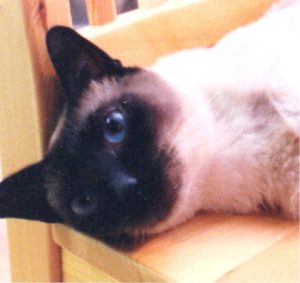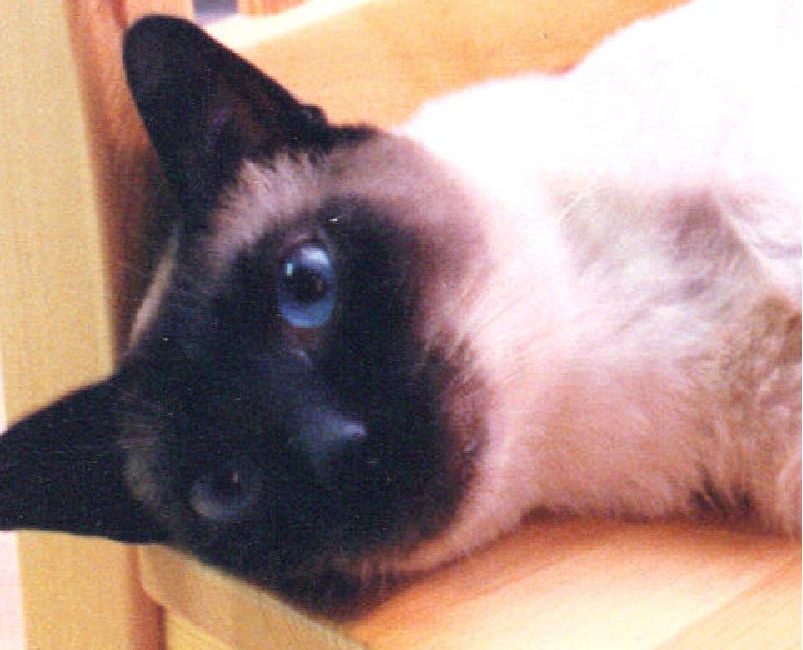I’m a doctor, Jim, not a magician!
Even with access to CAT scans, ultrasound, endoscopy and all the sophisticated imaging equipment in existence, veterinary medicine is still as much art as science. Frustrating for vets and our clients alike, this is nonetheless, an unshakeable fact.
It’s a truth that came home to me first as a student at the Ontario Veterinary College (OVC) in Guelph where I made my home with two crazy Siamese cats, Spock and Sulu. From the first, Sulu was the brave explorer, mischief-maker and projectile vomiter (I’d say “projectile puker” for the lovely alliteration, but it’s so unprofessional.)
From the first, Sulu was the brave explorer, mischief-maker and projectile vomiter (I’d say “projectile puker” for the lovely alliteration, but it’s so unprofessional.)
Anyway, there I was, a first-year vet student with a CVC (chronic vomiter cat). He had every test known to catkind at OVC, got fed a magically expensive formula of venison and rice and quickly impoverished his already Kraft-Dinner-eating owner. Oh and he needed pills every day for twelve years and didn’t take a single one without a struggle. Oh and did I mention that we never found out what was wrong with him? Oh and he vomited every other day until his last. Please don’t think it was cruel to keep Sulu alive. He never missed a meal, lost a pound or passed an opportunity for loving.
I’m now an expert at removing stains from carpets, but I, along with most of my colleagues, am still often puzzled by cats with chronic vomiting problems. Veterinary medicine is not an exact science.
Some of my clients will remember hearing me say about a patient with symptoms that didn’t match his disease, “Well, I guess he didn’t read the textbook!” I’ll never stop feeling a bit embarrassed and more than a little frustrated when I discover I’ve been chasing the wrong diagnosis because the patient didn’t fit the picture. It’s what makes a careful physical exam so valuable and so worthy of repeating if the pieces aren’t fitting together.
There was a lovely little dog that went years with a greasy streak along his back. He got treated for a lot of different diseases and never improved. When we finally biopsied his skin, we were all amazed. He had a parasite that usually causes much different signs. Head smack!
Sometimes we make light of our uncertainty. There have been a few kitties at Hillcrest over the past several years that stopped eating, vomited frequently and, not surprisingly, lost weight unless we provided them with a cocktail of pain medications. We joked with the owners that these kitties with “Mysteriosus” were drug-seekers. Despite repeated tests and even bowel biopsies, I could not identify the disease. Happily one got better despite me and, so sadly, the other did not.
I’m sure my Uncle Fen, in his long-ago days as a veterinarian in rural Scotland, had much more need to lean on his intuition and experience to practice his “art” than is true here and now. It certainly makes sense that the more tests you can run, the less uncertainty there should be. But the real art is in listening to the animals’ body language and really hearing what the humans around them are saying about the illness. Then you may only need a few tests to confirm your suspicions.
Still, it would be more magic than art, or even science, if we could figure them all out.
Dr. Fiona Gilchrist
Hillcrest Animal Hospital
September 2011




